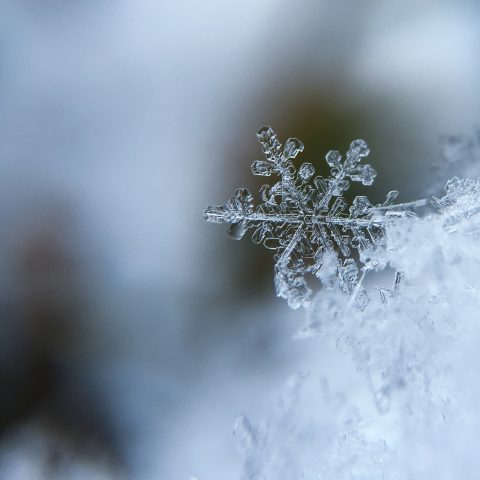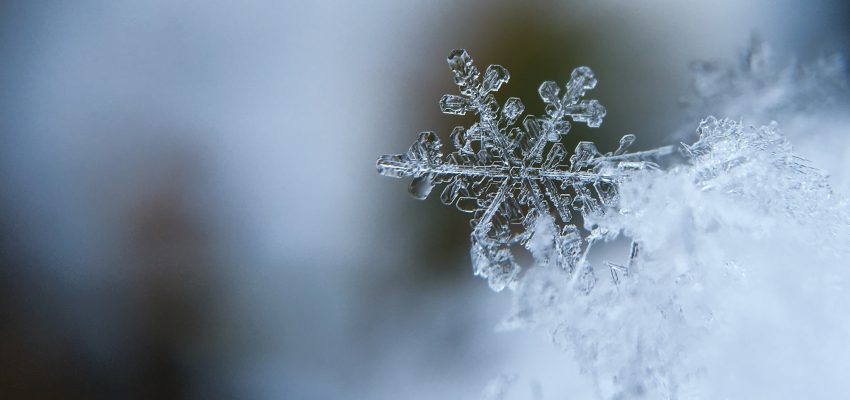While you may know you need a heat trace system to protect your pipes for the winter, there are still many questions surrounding the design and installation process. It’s important to understand what a pipe freeze protection system does before any work can begin.
When choosing a heat tracing solution, you need to look at it as a complete system rather than just the heating cable.
Let’s take a look at the components behind a fully traced solution, and how a typical installation will be handled.
A Complete Pipe Freeze Protection System…Not Just the Heating Cable
There are many parts that go into a full heat trace system. A typical system consists of three main components:
- Heating cable
- Connection kits and accessories
- Control and monitoring system
Let’s start with the heating cable.
A self-regulating cable is recommended because it’s a smart, reliable technology that’s energy efficient and ultimately saves you money. The cable’s heat output is inversely related to the surrounding temperature. Meaning, at higher temperatures, the polymer expands, reducing the number of electrical paths – thereby reducing the power output of the cable. At lower temperatures, there are many conductive electrical paths, allowing a higher level of current to flow between the bus wires. A self-regulating heating cable will not overheat because it regulates heat output. Also, because of its parallel circuitry construction, it can be cut-to-length on site significantly reducing installation time.
Connection kits and accessories are a vital part of a heat trace system, which includes power, splice, tee, and end seal kits. They need to be compatible with the heating cable. nVent RAYCHEM RayClic connection kits are fully tested and agency approved. They are easy to install and can reduce installation time by 80%. This can be a key factor when a winter storm hits, your pipe freeze and you need to get your building back in operations again.
Control and monitoring systems can be critical to ensuring a heat trace system performs at its optimal peak, which saves energy. It can be complicated, however, as there are many options from simple thermostats and sensors to advanced controllers with a full range of monitoring capabilities. There are many functions of a control system you need to be aware of, including handling the number of circuits, temperature set points, alarm monitoring conditions, different type of sensors, and whether or not It’s a smart controller that can network to a building management system (BMS). You want to be able to select the proper control for the correct application. It’s important to know a control system’s full capabilities.
nVent RAYCHEM offers a complete suite of control and monitoring products and can advise on your specific needs.
Designing Your System
Now that you have a better understanding of the heat tracing system, you’ll need to think about designing the system. This involves gathering all your design inputs. Here’s some basic guidelines:
- Define your application (water line, fire sprinkler etc.)
- Determine design conditions (temperature, pipes, lengths, insulation)
- Determine electrical parameters
- Select the type of control
nVent offers a free easy-to-use free calculator called TraceCalc Pro for Buildings to help you design your system and generate a complete bill of materials.
Basic Winter Installation Tips
Once you’ve designed your system and received all the materials you need, it’s important to make sure you are following all of the steps in the installation guide. As with any electrical equipment, the safety and reliability of any system depends on the quality of the products selected and the manner in which they are installed and maintained. All RAYCHEM products come with thorough installation instructions, designed to make sure your system is operating at optimal efficiency.
If you are interested in learning more about how you can easily install a Winter system, contact a RAYCHEM Winter Expert today.



